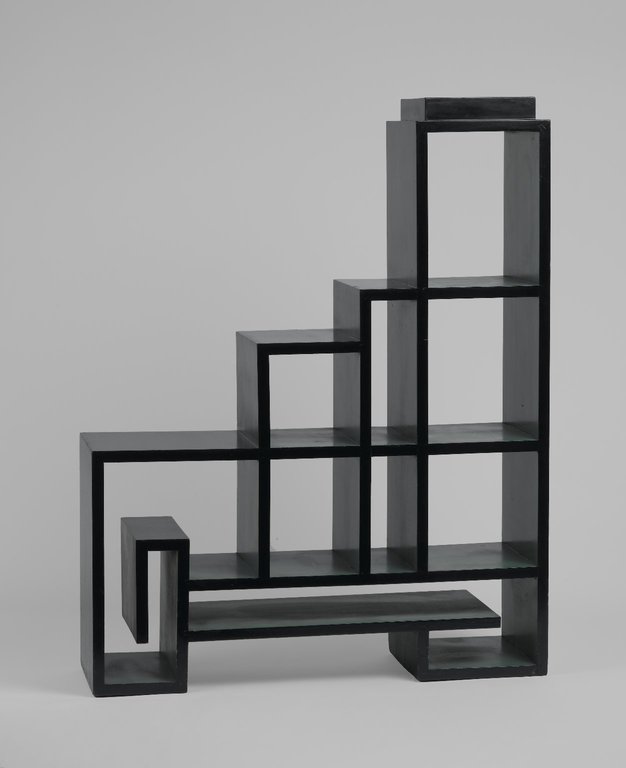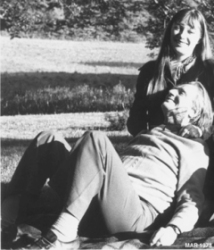
Paul Theodore Frankl was born in Vienna, Austria in 1886 and received his diploma in architectural engineering in 1911. He immigrated to America in 1914. By 1922 he had his own gallery in New York. His first American commission was a beauty parlor for Helena Rubenstein.
Around 1925 he started making bookcases which mimicked the skyscrapers of New York with set backs and cubbyholes in the sides. It became the first truly American Modern style.
Frankl, besides being America’s first Modernist, was also its foremost exponent. He lectured, and wrote magazine articles, most importantly, three installments in 1928 in Arts & Decoration magazine: Just what is this Modernistic Movement, Why we Accept Modernistic Furniture, and Logic in Modernistic Décor. Articles by and about him appeared in Architectural Digest, The Architectural Record, Architectural Forum, Interiors, Decorative Art, Architecture, Advertising & Selling, as well as House and Garden, and House Beautiful. The French magazine Art et Decoration devoted a three page article to him titled Un Decorateur New-Yorkais: Paul th. Frankl.
With the new architecture (he venerated Frank Lloyd Wright, dedicating his book, New Dimensions to him) Frankl argued that a new design in furniture must accompany it. As he writes in his book Form and Reform, “Ours is the era of the machine. Machinery is creating our style. It is imposing a new tempo and a new mode of life. With shameful sentimentality we still cling to outgrown “styles” of the past – to houses designed in period styles ridiculously alien to their settings; to gilded gewgaws and polished marbles, to pseudo-period furniture”.
The early thrust of Frankl’s design was the vertical. He wrote of one of his furniture pieces, “Rising up against the wall like some building against the sky”. This vertical posture combined with setbacks was the silhouette of his “Skyscraper” furniture, which flourished from ca. 1925 until the early 1930’s. The vertical was necessary in New York’s small apartments where many of his patrons lived.
By the time his “Speed” chair was introduced in 1933, Frankl was pushing a more horizontal line. Under a picture of the chair, Art & Decoration rhapsodizes, “The chair designed by Paul Frankl is expressive of the ideal of the present day and its age; speed. Its structure is stream-line, low, smooth, sturdy. Lines similar to those on a speed boat give the chair the esthetic rhythm of present day thinking”.
In 1934, Frankl, tired of New York’s frantic pace, and hurting from slow sales in his gallery and lack of commissions due to The Depression, moved to California where he produced interiors and furnishings for many of Hollywood’s top stars and luminaries.
His tables, chairs, and case furniture take on a low silhouette sometimes including a modernized “Chinese” style. Various articles in 1941 and 1942 describe his work as “Oriental”, “Distinctly Oriental”, and “Compostion in the Far East”. His tables for Brown Saltman shown at the 1939 World’s Fair exhibit this Oriental-Modern flair.
Frankl’s death in 1958 at age 72 deprived America of its first and most adaptable Modernist.




.png)